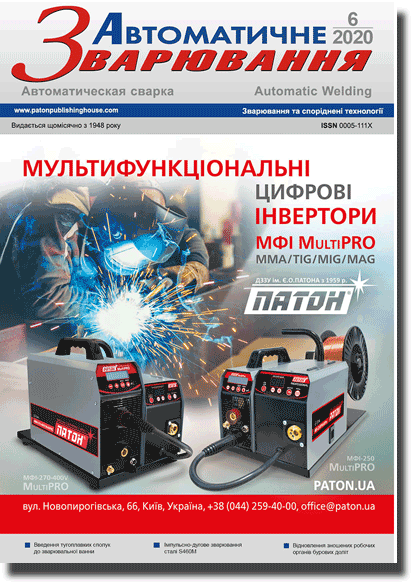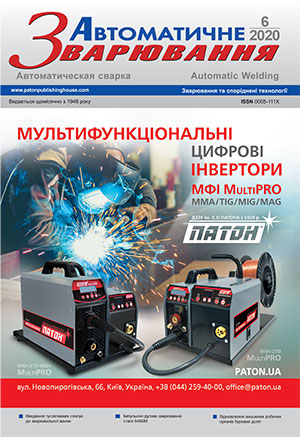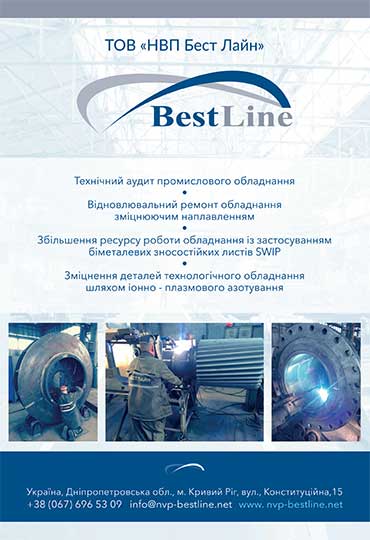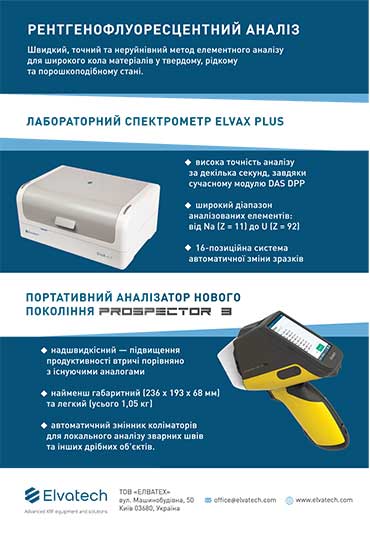| 2020 №06 (04) |
DOI of Article 10.37434/as2020.06.05 |
2020 №06 (06) |
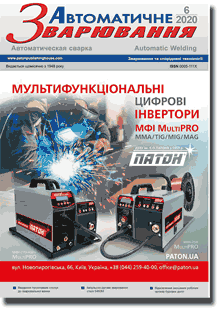
"Avtomatychne Zvaryuvannya" (Automatic Welding), #6, 2020, pp. 31-34
Effect of co addition on interface reaction between Sn–Ag–Cu solder and Cu substrate
Jianxin Wang, Yun Zhou, Taikun Fan
Jiangsu Provincial Key Laboratory of Advanced Welding Technology, Jiangsu University of Science and Technology, Zhenjiang, Jiangsu, China. E-mail: wangjx_just@126.com.
Sn–Ag–Cu (SAC) alloys are considered as the most promising Pb-free solders in electronic industry. The solidification microstructure and interface reaction behaviors of SAC alloys are therefore of fundamental importance for the service reliability of electronic devices. This is particularly true for these SAC alloys with low silver contents, partially because the coarsened interfacial intermetallics (IMCs) of these low-Ag SAC alloys with higher surface tension than conventional near-eutectic SAC alloys. As a result, it is desirable to refine the grain size of interfacial IMCs between low-Ag alloys and common substrates such as Cu. In this work, the effects of addition of trace amount of Co on the interface reaction between both conventional SAC305 and low-Ag SAC107 alloys on Cu substrate have been studied by reflowing experiments at temperature close to 260 oC. In addition, effects of Co additions on the solid state growth of interfacial IMCs have been studied at 150 oC after ultra-long annealing treatment for 384 h, 768, and 1536 h. Both top-view and cross-section micro-graphs have been obtained using electron microscopes. It has been found that addition of trace amount of Co can significantly refine the interfacial Cu6Sn5 IMCs grains after reflow process and impede the growth of Cu3Sn after annealing treatment. This attributed to the replacement of Cu atoms by Co atoms in Cu6Sn5 crystals, which in turn depresses the diffusion of Cu and impedes the transformation from Cu6Sn5 to Cu3Sn during aging. 8 Ref., 1 Tabl., 9 Fig.
Keywords: lead-free solder, Sn–Ag–Cu, intermetallic compound, microstructure
Received: 26.05.2020
References
1. Chen, X., Zhou, J., Xue, F, Bai, J., Yao, Y. (2015) Microstructures and mechanical properties of Sn-0.1 Ag-0.7 Cu- (Co, Ni, аnd Nd) lead-free solders. J. Electron. Mater., 44, 2, 725-732. https://doi.org/10.1007/s11664-014-3537-z2. Nishikawa, H., Komatsu, A., Takemoto, T. (2008) Effect of Ni or Co addition to Sn-Ag solder on microstructure and joint strength at interface. Mater. Trans., 49, 7, 1518-1523. https://doi.org/10.2320/matertrans.MF200851
3. Anderson, I.E. (2007) Development of Sn-Ag-Cu and Sn- Ag-Cu-X alloys for Pb-free electronic solder applications, J. Mater. Sci-Mater. El., 18, 1-3, 55-76. https://doi.org/10.1007/978-0-387-48433-4_4
4. Gao, F., Takemoto, T., Nishikawa, H. (2006) Effects of Co and Ni addition on reactive diffusion between Sn-3.5Ag solder and Cu during soldering and annealing. Mater. Sci. Eng. A., 420, 1-2, 39-46. https://doi.org/10.1016/j.msea.2006.01.032
5. Haseeb, A., Leng, T.S. (2011) Effects of Co nanoparticle addition to Sn-3.8Ag-0.7 Cu solder on interfacial structure after reflow and ageing. Intermetallics, 19, 5, 707-712. https://doi.org/10.1016/j.intermet.2011.01.009
6. Kim, D.H., Cho, M.G., Seo, S.K., Lee, H.M. (2009) Effects of Co addition on bulk properties of Sn-3.5Ag solder and interfacial reactions with Ni-P UBM. J. Electron. Mater., 38, 1, 39-45. https://doi.org/10.1007/s11664-008-0529-x
7. Nishikawa, H., Komatsu, A., Takemoto, T. (2007) Morphology and pull strength of Sn-Ag (-Co) solder joint with copper pad. et al., 36, 9, 1137-1143. https://doi.org/10.1007/s11664-007-0148-y
8. Mu, D.K., McDonald, S.D., Read, J., Huang, H. and Nogita, K. (2015) Critical properties of Cu6Sn5 in electronic devices: Recent progress and a review. Curr. Opin. Solid. St. M., 20, 2, 55-76. https://doi.org/10.1016/j.cossms.2015.08.001
Advertising in this issue:
The cost of subscription/purchase order journals or individual articles
| Journal/Currency | Annual Set | 1 issue printed |
1 issue |
one article |
| TPWJ/USD | 384 $ | 32 $ | 26 $ | 13 $ |
| TPWJ/EUR | 348 € | 29 € | 24 € | 12 € |
| TPWJ/UAH | 7200 UAH | 600 UAH | 600 UAH | 280 UAH |
| AS/UAH | 1800 UAH | 300 UAH | 300 UAH | 150 UAH |
| AS/USD | 192 $ | 32 $ | 26 $ | 13 $ |
| AS/EUR | 180 € | 30 € | 25 € | 12 € |
| SEM/UAH | 1200 UAH | 300 UAH | 300 UAH | 150 UAH |
| SEM/USD | 128 $ | 32 $ | 26 $ | 13 $ |
| SEM/EUR | 120 € | 30 € | 25 € | 12 € |
| TDNK/UAH | 1200 UAH | 300 UAH | 300 UAH | 150 UAH |
| TDNK/USD | 128 $ | 32 $ | 26 $ | 13 $ |
| TDNK/EUR | 120 € | 30 € | 25 € | 15 € |
AS = «Automatic Welding» - 6 issues per year;
TPWJ = «PATON WELDING JOURNAL» - 12 issues per year;
SEM = «Electrometallurgy Today» - 4 issues per year;
TDNK = «Technical Diagnostics and Non-Destructive Testing» - 4 issues per year.





